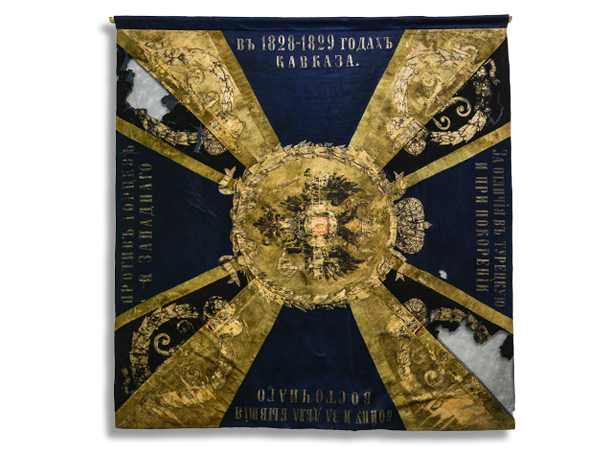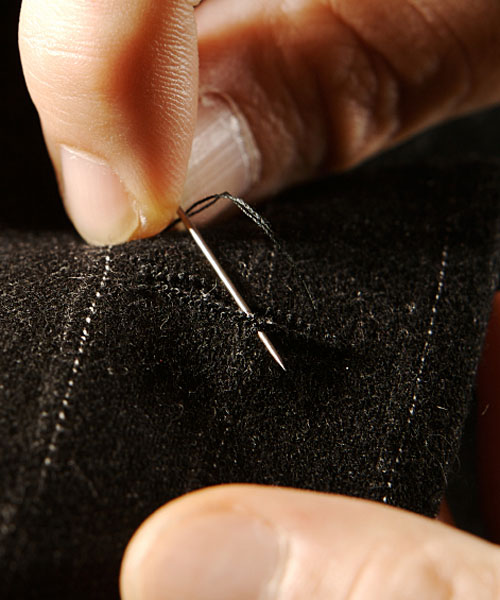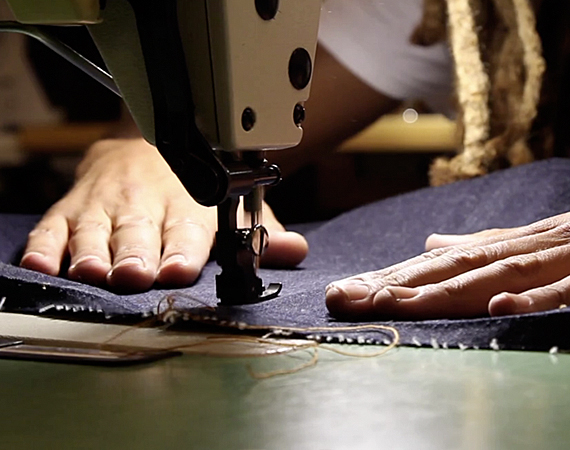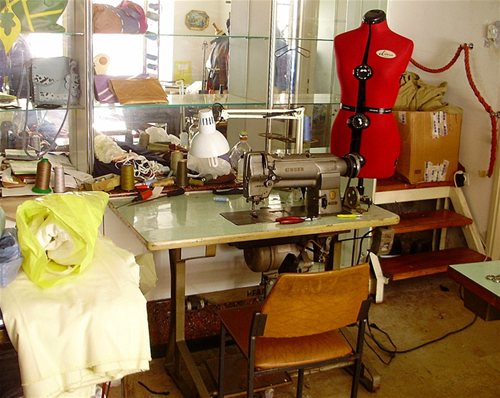Title:
Church Textile
English
Description:
In the Armenian Church, prior to its demolition, about 100 copies of various church textiles were found. Their shape and purpose correspond to the Roman Catholic church ceremony, which was in line with the religious orientation of Novi Sad Armenians and their priests from among mekhitarists. The largest part of the surviving textile was produced in Vienna's professional manufactory, specializing in making of ecclesiastical trappings. Exhibit is part of the exhibition "Armenian Church in Novi Sad - deleted heritage," by the author Ljiljana Lazic, art historian and museum counselor.
Place of origin of the cult. artefact:
Vienna
State of origin of the cult. artefact:
Austria
History:
In October 1963, in Novi Sad, church of St. George the Illuminator was demolished, popularly called the Armenian Church. For more than two centuries, this temple has witnessed the efforts of its believers and priests to build, maintain, restore and preserve it. Unfortunately, in the decades after World War II, it shared the fate of the Armenians vanished in Novi Sad. Demolition of the Armenian church is a an indelible error in the post-war urban planning of Novi Sad. Part of the old center of the city, whose urban matrix that was established in the early 18th century, has been sacrificed to modern architecture and the new junction. In the clash of old and new, the church was described as "worthless architectural work," whose existence is not necessary. Generations citizens of Novi Sad are so deprived of part of the heritage, unique in its cultural, religious and architectural significance. An extensive archival, documentary and photographic material, which reveals all the circumstances that led to the tragic and unnecessary demolition and the life last years of the existence of the Armenian Church and its small community has survived. Part of the precious legacy of the church is now housed in the Museum of the City of Novi Sad and, after half a century, testifies to the former appearance of the Church of Sv. George the Illuminator.
Copyright:
City Museum of Novi Sad
Date of records creation :
Wednesday, October 29, 2014
Creator:
Srdjan Veselinov
Material:
Type of cultural artefact:
Formats of digital document:
Images:

Власник записа:
srdjan.veselinov
Year of creation:
1890
Name of the original:
Црквени текстил
Municipality:
Novi Sad
Region:
Vojvodina
Country:
Serbia
Institution:
Period:




